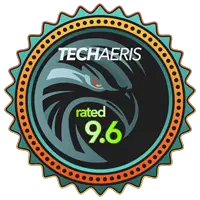 Samsung had a really rough last year after the Note7 release and recall. I don’t bring that up to try and shame the company, I think they handled it well and it doesn’t seem to have harmed them. You just need to look at the Samsung Galaxy Note8 for proof of that. The Samsung Galaxy Note8 is Samsung’s Phoenix, rising from the ashes of the Note7 mess. We’re not here to discuss the past though, we just wanted to offer some perspective as to where Samsung has been to transition to where they are now. So let’s just jump right into the full review of the Samsung Galaxy Note8 and find out why we’re giving this Samsung phone a Techaeris Top Pick award.
Samsung had a really rough last year after the Note7 release and recall. I don’t bring that up to try and shame the company, I think they handled it well and it doesn’t seem to have harmed them. You just need to look at the Samsung Galaxy Note8 for proof of that. The Samsung Galaxy Note8 is Samsung’s Phoenix, rising from the ashes of the Note7 mess. We’re not here to discuss the past though, we just wanted to offer some perspective as to where Samsung has been to transition to where they are now. So let’s just jump right into the full review of the Samsung Galaxy Note8 and find out why we’re giving this Samsung phone a Techaeris Top Pick award.
Specifications
The Samsung Galaxy Note8 has the following features and specifications:
- Display:
- 6.3″ Super AMOLED
- 83.2% screen-to-body ratio
- 16m colors
- 1440×2960 resolution
- 521ppi
- HDR 10
- Corning Gorilla Glass 5
- Always-on technology
- OS: Android 7.1.1 (Samsung will likely upgrade to Android 8.0)
- Chipset: Qualcomm MSM8998 Snapdragon 835
- CPU: Octa-core (4×2.35 GHz Kryo & 4×1.9 GHz Kryo)
- GPU: Adreno 540
- Memory:
- Internal – 64/128/256 GB, 6 GB RAM
- External – microSD, up to 256 GB
- Cameras:
- Front – 8 MP, f/1.7, autofocus, 1/3.6″ sensor size, 1.22 µm pixel size, 1440p@30fps, dual video call, Auto HDR
- Rear – Dual 12 MP (26mm, f/1.7, PDAF & 52mm, f/2.4, AF), OIS, autofocus, 2x optical zoom, LED flash
- Video front – 8 MP, f/1.7, autofocus, 1/3.6″ sensor size, 1.22 µm pixel size, 1440p@30fps, dual video call, Auto HDR
- Video rear – 2160p@30fps, 1080p@60fps, 720p@240fps, HDR, dual-video rec.
- Audio:
- 3.5mm headphone jack
- Single speaker
- 32-bit/384kHz audio
- Active noise cancellation with dedicated mic
- Connectivity:
- Wi-Fi 802.11 a/b/g/n/ac, dual-band, Wi-Fi Direct, hotspot
- Bluetooth 5.0, A2DP, EDR, LE
- NFC
- USB 3.1, Type-C 1.0 reversible connector
- Sensors:
- Iris scanner
- Fingerprint scanner
- Accelerometer
- Gyro
- Proximity
- Compass
- Barometer
- 3,300 mAh battery
- Dimensions:
- 162.5 x 74.8 x 8.6 mm (6.40 x 2.94 x 0.34 in)
- Weight:
- 195 g (6.88 oz)
- IP68 certified – dust/waterproof over 1.5 meters and 30 minutes
- Samsung Pay
What’s In The Box
- Samsung Galaxy Note8
- S Pen
- Tweezers and S Pen nibs
- Power brick
- MicroUSB to USB-C adaptor
- USB-A to USB-C adaptor
- USB-A to USB-C cable
- SIM card ejector
- AKG earbuds
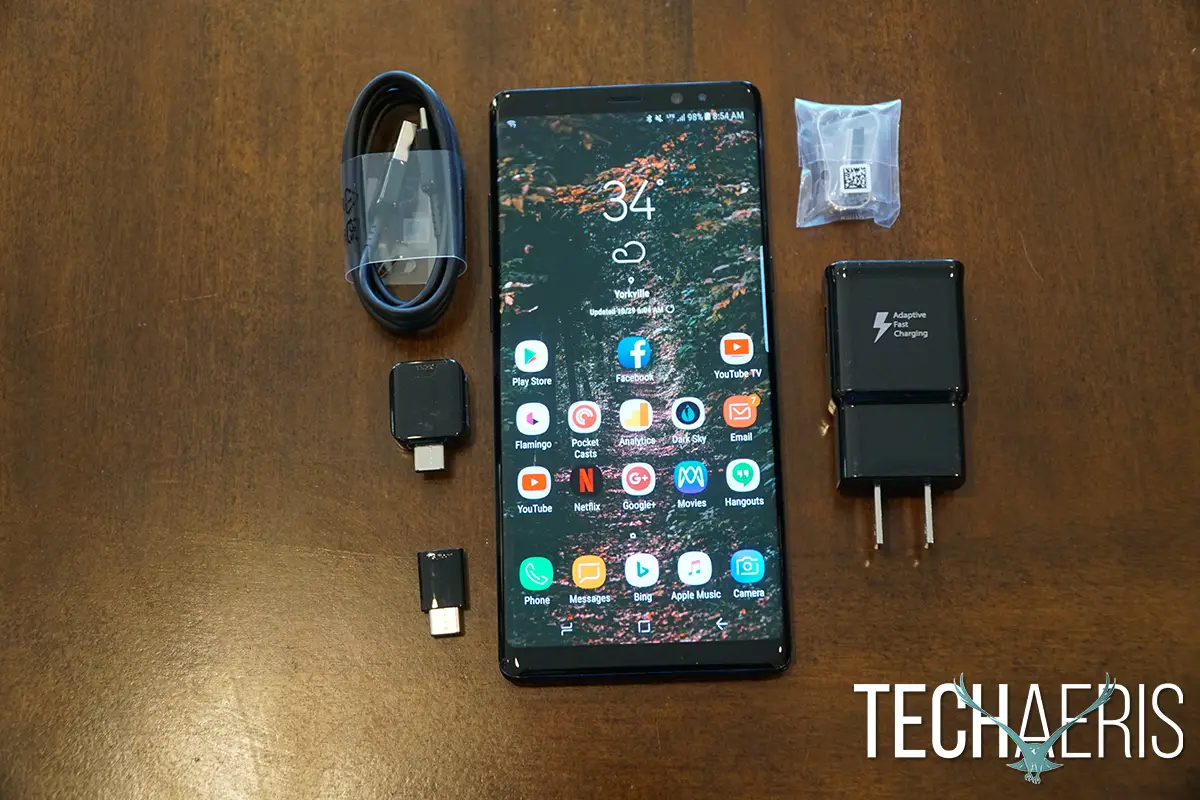
Design
I can still remember my first Samsung phone, the Samsung i897 Galaxy Captivate. This was the phone that made me switch from iOS to Android and it still remains one of the best-designed phones ever made. Samsung has had its ups and downs in terms of design over the years but the past few cycles have seen real forward thinking in the design category from Samsung. At least when it comes to their flagship devices.
The Samsung Galaxy Note8 continues to build on that forward thinking in a great way. The entire phone is a cold piece of glass and metal that just feels really comfortable in the hand. Its elongated aspect ratio actually make for easier grip and manipulation than other, shorter, stubbier smartphones.
The glass and metal all around make for an amazing seamless build that’s more noticeable in the black version. I will say, the glass back collects fingerprints, smudges, and grease like nothing else. If anything, the Samsung Galaxy Note8 makes one realize that we’re greasier than we probably thought we were. That said, if you have even a hint of OCD, you’ll probably be cleaning it a lot.
Along the right edge of the phone, you’ll found your power button which is placed neatly where most people’s thumbs should rest. Along the top edge of the Samsung Galaxy Note8 you’ll find the SIM card and SD card tray. It’s barely noticeable at all on the black version so I love how it just flows through the design.
Along the left edge of the phone, you’ll find your volume rocker and Bixby digital assistant button. You will find yourself pushing the Bixby button more often than you like when trying to lower the volume. Over time, the brain begins to learn which is which and you adapt pretty well. Along the bottom edge of the phone is where you’ll find the headphone jack, USB-C port, noise-canceling mic, speaker, and S Pen. Yes, the S Pen can slide in either way so no more stuck S Pens.
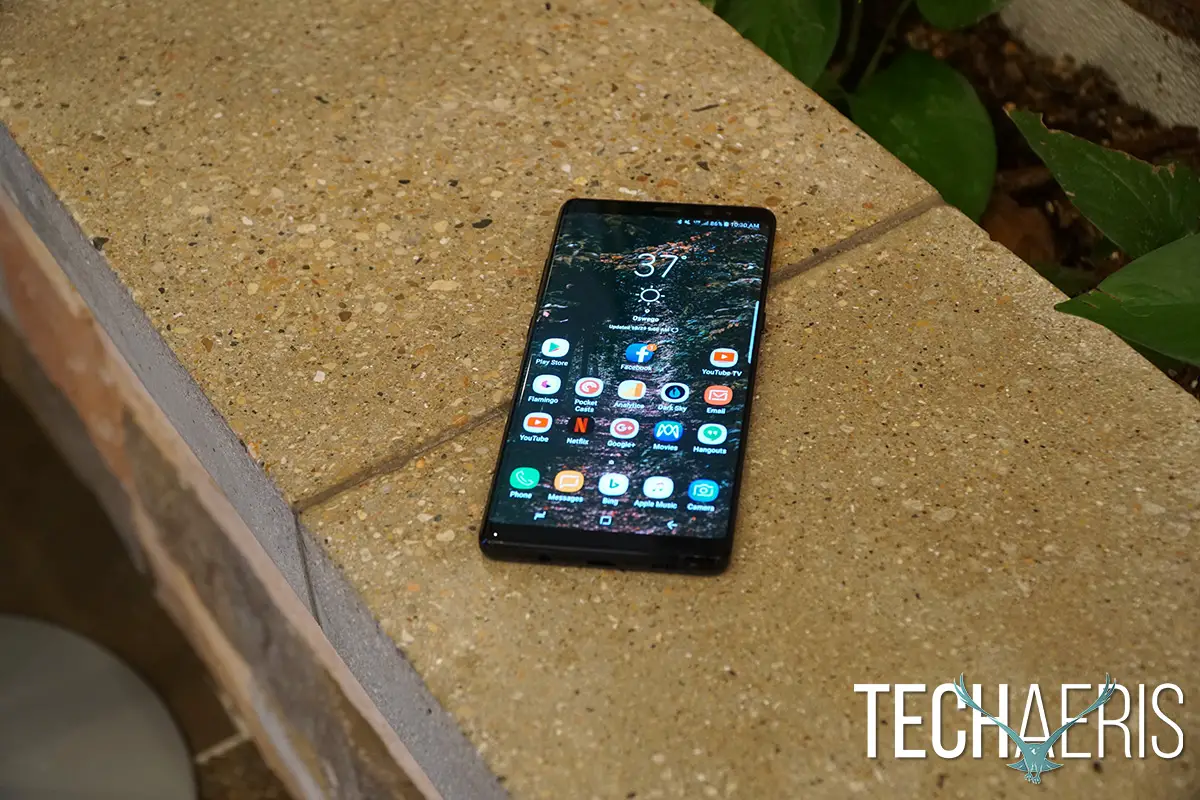
Around the front of the Samsung Galaxy Note8 is that tremendous 6.3″ Super AMOLED display. I absolutely love how the display sinks into the metal bumper but I also love that the display doesn’t wrap around nearly as much as the Samsung Galaxy S8+. My meaty hands tend to set off the S8+ screen and the Note8 is better in that regard. Nestled above that is your front facing camera along with your proximity sensors, facial sensors, and of course the earpiece for voice calls. Flipping the phone over reveals the dual cameras, LED flash, and fingerprint sensor.
The fingerprint sensor is just to the left of the camera module and isn’t an ideal spot for it. I’m not sure why Samsung didn’t incorporate it just below the camera module and in the center. I can only assume they didn’t want to do the same thing many other Android OEMs are doing by putting it in the center.
The poor placement of the fingerprint sensor isn’t a deal breaker but it is certainly a questionable design choice. It takes a good amount of time to train your finger and brain to hit that sensor every time. Often times you’ll be touching your camera which means you’ll be having to clean that camera every so often. Some may also find it a bit of a stretch to actually get to the sensor and will most likely have to adjust their phone grip to get to it. Both of these things just take time to train your brain to reach and operate efficiently. It’s not impossible, but I can see how it could be annoying to some.
Overall, the Samsung Galaxy Note8 design is one of the best on the market. While it shares similarities with its little brother the Samsung Galaxy S8+, it has its own footprint. In terms of screen size, the S8+ is 6.2″ while the Note8 is 6.3″ but where the Note8 wins for me is its more rectangular footprint and less exaggerated curved display. This is a beautiful smartphone, it exudes premium at every level and it just feels oh so nice in the hand.
Display
Samsung has been perfecting its AMOLED technology over the years and Samsung phones aren’t the only phones to have Samsung displays. AMOLED displays aren’t everyone’s cup of tea, they tend to be far more saturated than LCD displays which tend to be calibrated to be more natural. Still, even those who aren’t into AMOLED displays can’t help but admire the work Samsung has done.
The Samsung Galaxy Note8 display comes in at an amazing 6.3″ on the diagonal, which is only .1″ bigger than the S8+. The display is nearly bezel-less with just a very narrow bezel along the left and right and super minimal bezels on the top and bottom. The black version of the phone is a sight to behold as it seems the screen just melts into the frame. Other than the size, the big difference between this display and the smaller S8+ is it doesn’t wrap into the frame nearly as much. I personally prefer this because it minimizes the times my paws accidentally touch the sides of the screen.
Samsung is marching on with their 18.5:9 aspect ratio which has gotten a mixed reaction, especially when it comes to consuming video content. Samsung says the display is optimized for 21:9 viewing and will offer a more immersive experience. I’m a fan, I really love this elongated display. I think it gives the phone a more aesthetically pleasing look and it’s much easier to hold and grip.
The home button that Samsung used to be famous for is gone, replaced by an embedded home button which is 3D sensitive. Much like Apple’s Force Touch, the Samsung Galaxy Note8 home button on the display will respond to varying degrees of pressure resulting in different actions.
We can’t go on with the display section without talking about how it looks. In two words, vibrant and colorful. While Samsung’s AMOLED displays are calibrated for popping colors and making blacks as deep as possible, Samsung does offer you some control. If you jump into Screen Mode under Display in Settings, you can make some adjustments to your screen that may suit you better than factory settings.
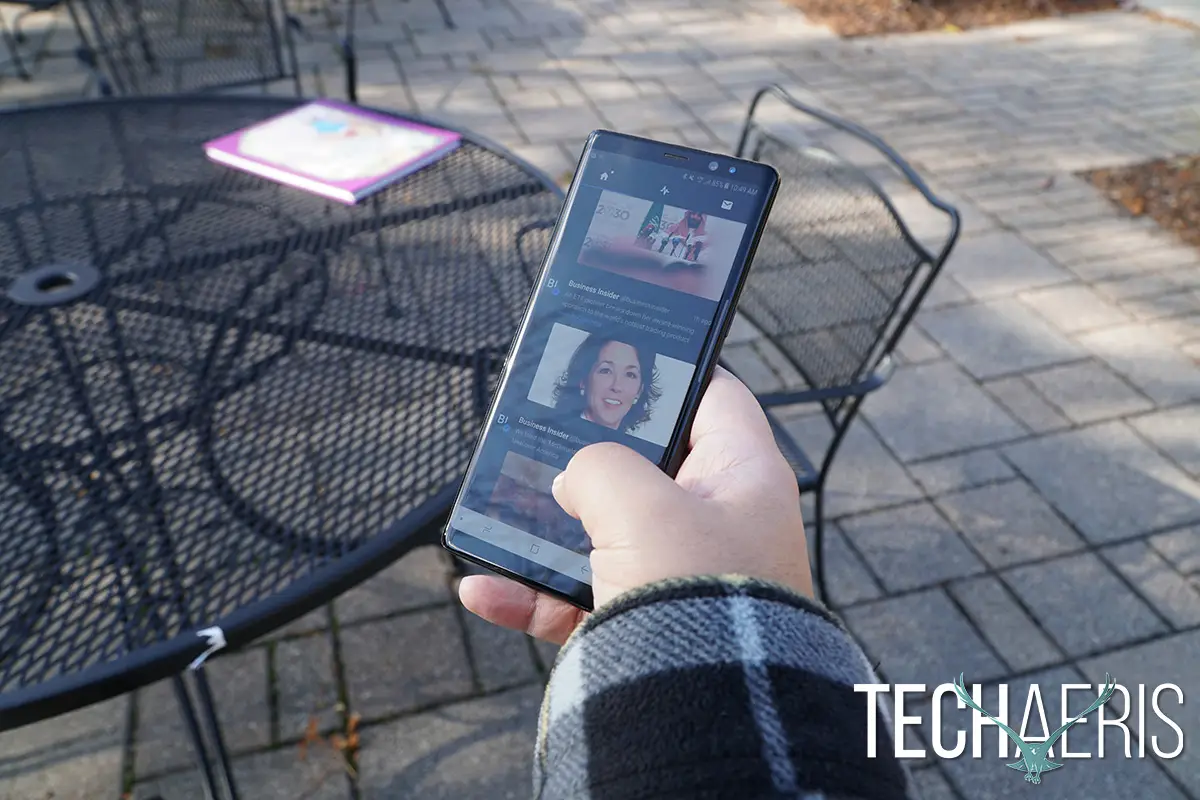
Out of the box the display is set to Adaptive but you can choose from the following:
- Adaptive Display – Provides punchier whites, cooler temperature (adjustable), vibrant colors and deep blacks.
- AMOLED Cinema – Provides a more subtle white balance and slightly less poppy colors.
- AMOLED Photo – Slightly punchier white balance and more color but warmer.
- Basic – Basic looks to mimic an LCD display and has the least punchiest of colors.
- Advance Options – This allows you to tweak the RGB of the display.
The Samsung Galaxy Note8 display is also Ultra HD certified by the UHD Alliance which is supposed to give you the experience filmmakers intended. Watching videos is a great experience on this phone, much of the content will have black bars on the left and right but that never distracted me from the experience. There is some content that will fit nicely in this aspect ratio and that is a really great experience.
There are so many features packed into the display of the Samsung Galaxy Note8 that I can’t get into simply because this review would be massive.
One final thing I will touch on is screen brightness and viewing angles. This screen gets bright, really bright and I love that. It makes for a great outdoor experience where you can actually see the screen in brighter sunlit areas. The screen does fairly well in direct sunlight but does lose some visibility, though the content is still discernible. Viewing angles are also spot on, again, especially noteworthy outdoors. I was thoroughly impressed with the Note8’s bright display and easy readability outdoors.
Overall, this display is truly a sight to behold. As of this review, I think this display is the best on any smartphone out there. Samsung is well known for their display prowess and they continue to impress with the Note8.
Software
Samsung is also well known for adding so many additional software features, you could write a book on them. This isn’t necessarily a bad thing and some would see it as offering users plenty of options which they can choose to use or ignore. I can safely say that you’ll probably not use every single feature the Note8 has and that’s perfectly fine.
The Samsung Galaxy Note8 is running Android 7.1.1 and is expected to be upgraded to Android 8.0 at some point soon. Samsung is, of course, running their own software overtop of Android which they now call the Samsung Experience. Previous generations of Galaxy phones ran Samsung’s software dubbed TouchWiz. TouchWiz was an interesting time period. There were fans of the software but I think the fans were in the minority as the majority hated it.
I know I despised TouchWiz through my i897, i727, Note1, Note2, Note3, Note4 and Note5 times. As a matter of fact, while it was Samsung that brought me into the Android world in the first place, it was also Samsung that pushed me back into iPhone’s arms. I recently purchased my first Samsung phone since the Note5 (the S8+) because I wanted to see if Samsung had made any progress.
I’m happy to have found out, that Samsung has grown up and come a long way on the software front. The Samsung Experience on both the S8+ and the Note8 is night and day versus the TouchWiz days. Samsung will likely get ribbed and trolled about TouchWiz for years to come but I think this new overlay is a thousand times better than anything they’ve done in the past. Samsung’s software is finally running neck and neck with its hardware.
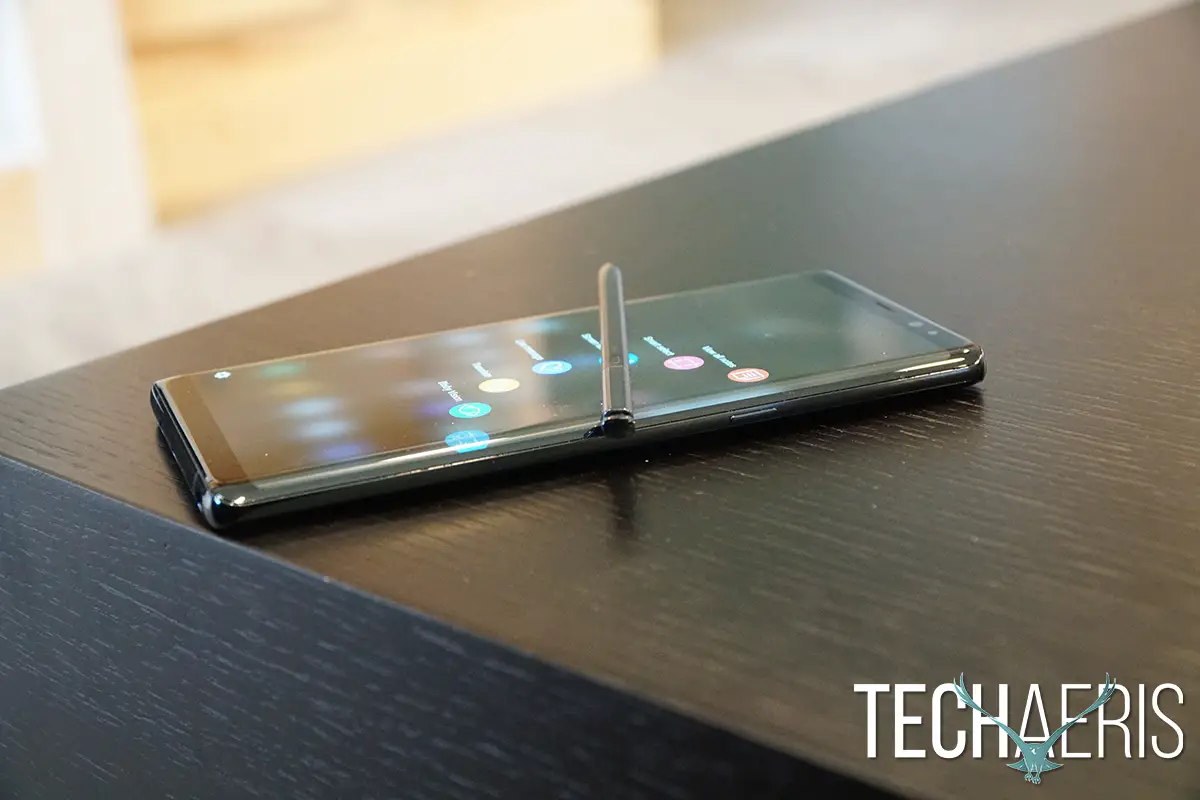
The Samsung Galaxy Note8 wouldn’t and couldn’t be called a Note device if it didn’t do multitasking. This is part of why the Note series was created, as a multitasking smartphone for those who needed to do more. The Note8 brings along all the normal multitasking features from past generations but also adds in things like App Pair and Multi Window.
App Pair allows you to create a shortcut to two apps on the Apps Edge portion of your Note8 display. When you launch that shortcut, both apps will launch into Multi Window view making it quicker to launch your most used multitasking apps. For example, you could have your calendar and email apps nested in App Pair. This would allow you to view email while looking at your calendar which could be convenient for many users.
The Apps Edge itself is another feature (also on the S8) that saves a bit of time by allowing you to access your most used apps and contacts with a quick swipe from the edge. I found this most useful for contacts as I prefer just having my most used apps on my home screen. There are also other software features like One-Handed Mode which shrinks the display down significantly but allows for better manipulation with one hand.
Then, of course, there is the marquee feature of the Samsung Galaxy Note8… the S Pen. When the original Note was introduced, Samsung was heavily mocked for, in essence, bringing back the stylus. Little did we know that Samsung put much more effort into the S Pen than any old stylus and its become an actual useful tool for Note users. It is because of the S Pen that many users keep returning to the Galaxy Note series and it deserves much of the credit for Note users coming back after the Note7 problems.
The S Pen returns with better accuracy and feel. Handwriting recognition has been improved and it really does feel more like pen and paper than ever before. The S Pen can now translate words and sentences as well as convert units and currencies. Probably one of the most useful new features is the ability to take notes with the screen off. This is handy when you need to jot something down quickly with little to no time to open up apps. Simply pull the S Pen out while the screen is off and the black AMOLED turns into a notepad. Jot down your note and then it is saved in your notes app.
Another brand new feature that Samsung is super keen on pointing out is Live Message. You can use the S Pen to create and share animated texts, live emojis, and use different pen effects to personalize photos. The beauty of Live Message is that the final product is saved as an animated GIF which you can send to any phone that supports GIF’s. So you can draw up a Live Message and share it with your iOS friends and they can enjoy it on their devices. I have to admit that I thought Live Messaging was a gimmick and I actually still do. I won’t discount that there will likely be many thousands of people that will enjoy using it daily, I’m just not one of them.
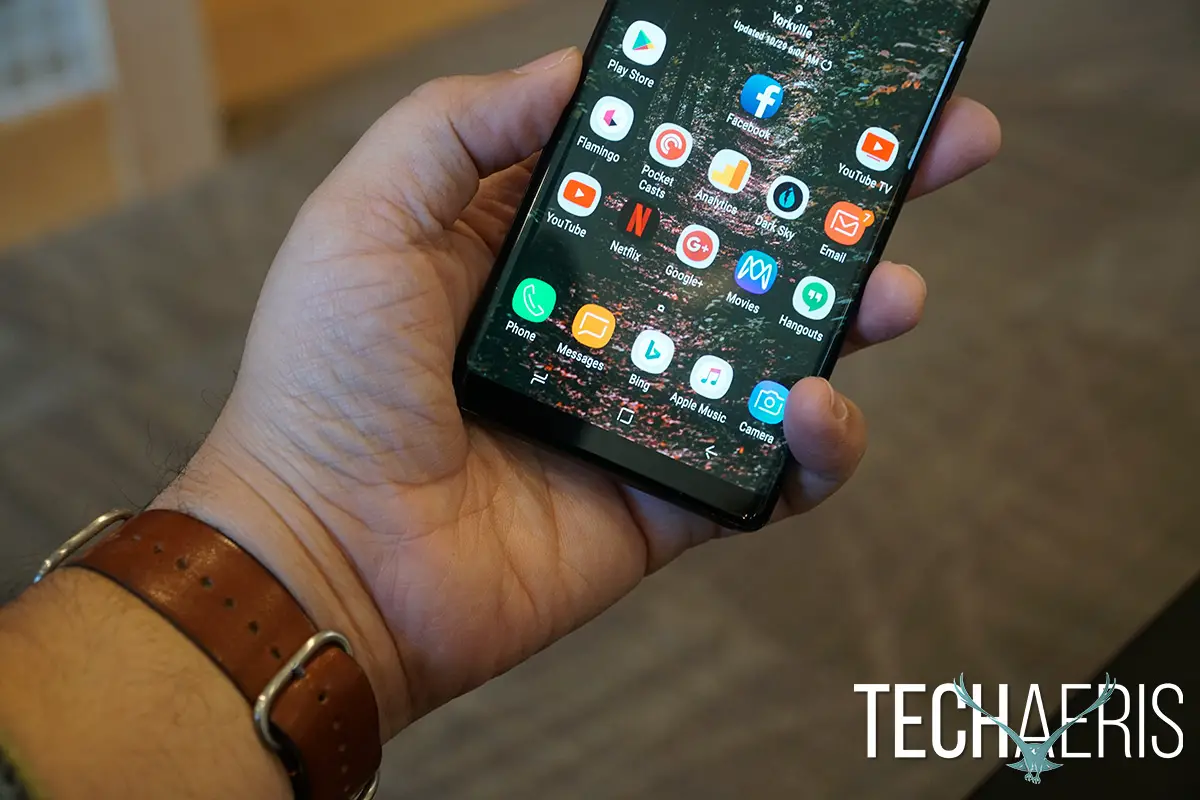
Translate and Convert, on the other hand, that’s a much more useful feature especially if you travel. You can use the S Pen and Samsung software to translate text into 71 different languages and you can convert units and foreign currency just by hovering over the amount. Much more practical than Live Messages, but like I said earlier, not everyone will use every last software feature the Note8 has to offer.
The smart select screenshot feature is probably my most used S Pen feature and the most useful for my needs. This allows you to capture only the portion of the screen you want to share. Yes, other phones allow you to take a screenshot and edit it afterward but I do like that the S Pen can just do it straight away.
There are just a ton of software features to go over on the Samsung Galaxy Note8, just way too many to effectively go over in a review. As mentioned previously, most users will only use a third of the phones features and that’s OK. The last thing we will briefly cover is Bixby.
Bixby is Samsung’s new digital assistant. Bixby is aiming to replace other assistants such as Google Assistant, Cortana, and Alexa. Now, I’m not much of a digital assistant kind of guy and I rarely (if ever) use Google Assitant or even Siri (on my iPhone). So Bixby is not a game changer for me in the least.
That being said, I did take the opportunity to test Bixby out and tried a variety of things out. I found that Bixby didn’t react to my voice as quickly as Google Assistant or even Siri (on the iPhone). I did find that Bixby was able to perform tasks equally well as the other assistants once it did respond to my wake command. Of course, you could hold down and use the Bixby button on the side, that did work every time I used it.
Bixby also offers you a timeline when you swipe from the left, it’s very much like Google Assistant or HTC’s Blinkfeed. In the timeline, you can have recent photos, messages, contacts, emails, news stories, weather, and more. It’s really nothing new but it is Samsung’s attempt at keeping users inside the Samsung ecosystem. While Bixby does still need work and some refinement, it’s not a bad start for Samsung. Now they just need to convince their users that they have a reason to use Bixby over the other voice assistants.
Let’s wrap this section up before we get out of hand. We obviously know that Android 7.1.1 is one of Google’s best Android version out there. Android 8.0 is out now and there are even further refinements to be had and the Samsung Galaxy Note8 should be getting that update at some point. The surprising software nugget here is the much improved “Samsung Experience.” If you haven’t used a Samsung phone in some time because you absolutely dreaded using TouchWiz, then you really should give the Note8 or even the S8 a chance in the software department. Samsung has made many improvements that should smooth over any of your larger concerns.
I will say this, and it should go without saying. If you’re an Android purist, none of Samsung’s devices are for you. This is not vanilla Android and it will never be vanilla Android, Samsung has a vision for what their smartphones are and they’ve been pretty successful at it so far. If you’re seeking an Android device that offers nothing more than the software that Google built, then the Note8 isn’t for you.
Performance
The United States version of the Samsung Galaxy Note8 is running a Snapdragon 835 and Adreno 540 with 6GB of RAM. You shouldn’t expect anything less from a flagship $900+ USD smartphone. The price tag is high, thus the performance is there to match and you are going to get what you pay for here. The Note8 has absolutely no problems muscling through simple tasks like email, web browsing, and multitasking apps. Scrolling was smooth and fluent throughout the UI, I never experienced any sort of lag or stuttering. Pinch to zoom and other various gestures worked perfectly throughout.
Gaming is solid on this phone, that 6GB of RAM is really going to push you through graphics-intense games with no issues. The phone does get warm when you start pushing those pixels though, not crazy hot or anything, just warm. I’d say that is to be expected, even the iPhone gets warm when you decide to push it around a little bit.
One feature the Samsung Galaxy Note8 comes with is Device Maintenance. This is much like a “cleaner” app in that it goes and closes background apps you may not be using, frees up storage space and checks for malware and system crashes. I’m still not a fan of third-party apps that do this because many of those have ads and spyware. Samsung’s Device Maintenance feature, on the other hand, I felt that it did indeed help maintain the Note8’s performance levels.
The Samsung Galaxy Note8 is also sporting wireless and fast charging, they’ve been doing this for awhile now and it’s awesome. The Note8 is also water and dust resistant with an IP68 rating. It is really great not having to worry about your phone getting wet when running through a rain shower.
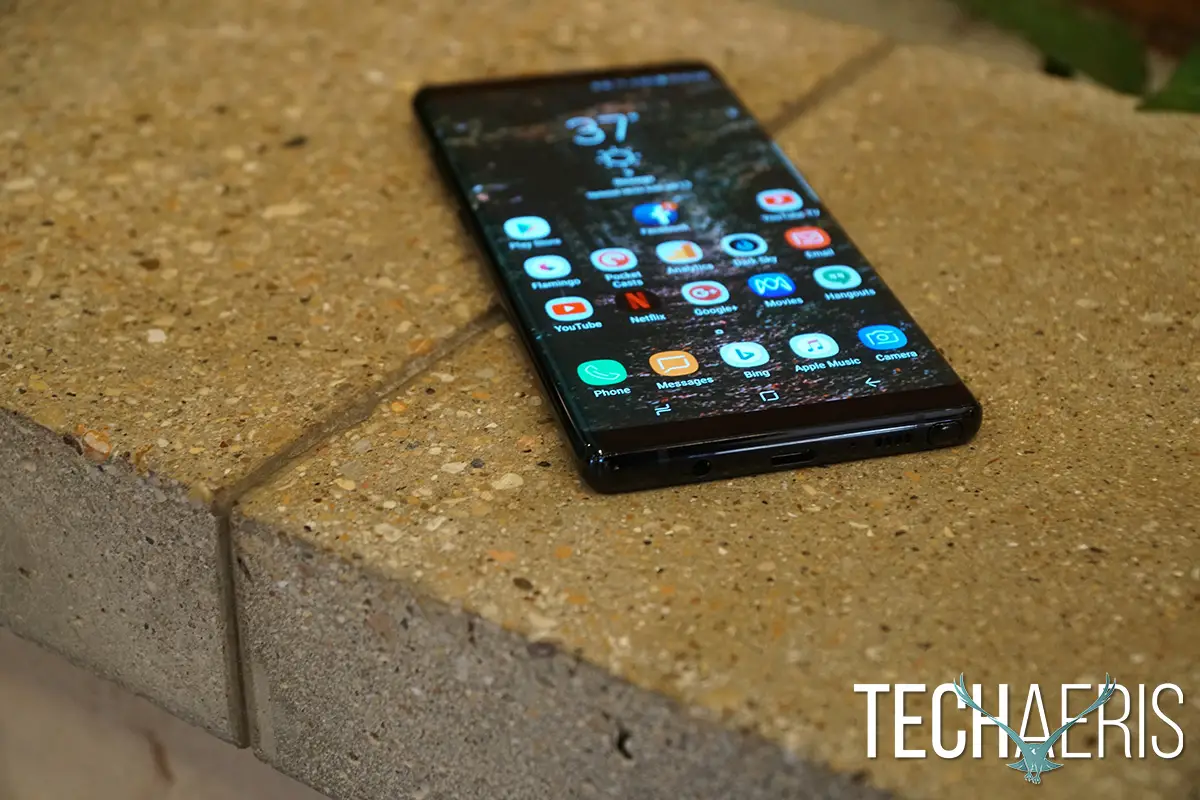
One other thing we’ll cover briefly in performance is DeX. While Samsung didn’t provide us a review unit of the DeX dock it is a notable feature we just wanted to mention. Samsung DeX extends the Galaxy Note8 UX into a desktop environment where you can edit documents, play games using a keyboard and mouse and your Note8 as the source. As we said, we didn’t have the chance to test DeX out but the concept is worth mentioning and talking about. These are some of the things you can do with DeX:
- Open multiple apps like Samsung Email and Samsung Internet side by side for multitasking
- Launch a video conferencing session by opening Zoom, Bluejeans, or GoToMeeting
- Launch the Samsung Game Launcher to play games in full-screen mode
- Be more creative by editing photos via Adobe Lightroom Mobile or create music via Samsung SoundCamp
- Enjoy more apps in resizable windows by enabling “Samsung DeX Labs” features under the Samsung DeX settings menu
The final thing we’ll cover in performance is the lock screen and security. We already mentioned the position of the fingerprint sensor is just not good design. That being said, it works really well once you train yourself to get your finger in the right spot. It’s one of the fastest and most accurate fingerprint scanners I’ve used but that should be expected from a flagship phone. I just wish they would have put that sensor in the center right below the camera.
Samsung also offers the traditional PIN, Swipe, and Pattern options for security. They also offer Face Recognition and Iris Scanning, both I felt weren’t up to par and probably not usable for most. Right now your best security option on the Note8 is fingerprint security and PIN security.
Overall, the Samsung Galaxy Note8 is a stellar performer, as it should be. This is a costly piece of equipment and anything less than stellar performance would be a travesty. Thankfully Samsung really does know how to make a powerful and fluid flagship device.
Speakers/Sound
The speaker on the Samsung Galaxy Note8 isn’t much to behold. It will get you through in a pinch and the little things are fine like YouTube videos or other short vocal content. If you’re wanting to listen to music in any sort of HQ capacity then you should use a pair of headphones. Samsung has included a pair of AKG headphones in the box and I did test those out.
The AKG headphones are much better than the built-in speaker but they’re not much better than any other pair of smartphone headphones despite the AKG branding. I was hoping for more from these headphones but I think you’re only getting branding in this case. Don’t get me wrong, the included headphones are way better than the speaker but you can certainly pick up a better pair of buds for not too much money. Overall the sound from the built-in speaker is as expected, the included headphones are decent but nothing special.

Camera
These days the camera on a smartphone is a key feature for many consumers. For the most part, point and shoot cameras have been abandoned since smartphones do such an excellent job of snapping photos. The Samsung Galaxy Note8 is one of the best cameras currently on the market. To be absolutely fair and truthful, most flagship smartphone cameras are excellent and you can’t go wrong with any of them.
The Note8 camera is rocking a dual lens setup with both lenses sporting optical image stabilization (OIS). This means the lenses inside are being stabilized to compensate for your shaking hands and movements. This will result in images in much sharper focus. The rear cameras are dual 12 MP (26mm, f/1.7, PDAF & 52mm, f/2.4, AF), OIS, autofocus, 2x optical zoom with LED flash.
The camera also offers 2x optical zoom and 10x digital zoom. Optical zoom works really well and snaps pictures just as well as no zoom at all, the quality is nearly equal. When you switch to digital zoom, the pictures will suffer the further you zoom in. Optical zoom is always better but Samsung knows sometimes you need that extra reach so digital zoom is available. I would just advise that you use it as little as possible.
The Note8 also features a new trick in Live Focus. Live Focus mimicks a DSLR or Mirrorless camera’s ability to blur out backgrounds, also known as bokeh. This is all done through the software but the results can be very stunning and to the untrained eye (a large percentage of people) look like a professional photo. Samsung has done a great job here in pulling this trick off and I love that you can adjust the amount of background blur on the fly, some other phones do not allow that.
Live Focus also brings with it Dual Capture. So when you’re snapping a photo in Live Focus, it is also capturing the image in a wide-angle format so you have a copy of the blurred subject as well as the scene you were in.
The photos the Samsung Galaxy Note8 takes are super sharp and very vibrant and colorful, this was not unexpected at all as Samsung is well known for the strength of their cameras. I do have to say that I was very impressed with the camera’s low-light capability. I think the Note8 really shines here. While there is noise in extreme low-light situations, it’s tolerable and many times the images are usable.
Samsung’s auto mode is probably where most users will be staying but they also offer a pro mode. Pro mode is going to offer up granular controls over white balance, ISO, shutter speed, and a variety of other photography-related settings. This is great for those pros who still want to snap great photos on the go but want to have control over the environment they’re shooting in.
Video capture on the Samsung Galaxy Note8 is also super tack sharp. You can shoot in 1080p or 4K and of course slow motion and a variety of other tricks that many flagships offer. It’s great to have OIS in both lenses because it really helps with video and will make those special birthday parties and such look really amazing.
Finally, the front-facing camera. This is one of the best front-facing cameras I have used delivering clear and sharp selfie shots. Of course, Samsung has a variety of parlor tricks up their sleeve that incorporates Snapchat-like functionality. None of which I really enjoyed using because I’m getting older, grumpier, and less tolerant of useless (to me) features. That said, I know these filters and features will appeal to a large demographic that I’m not in and for them, those are a great addition. I think if you purchase this phone, you won’t be disappointed in the front camera.
Overall, these cameras are among the best in the business. There are other cameras that are “scored” higher but in the end, camera quality is subjective and even those doing the scoring are using a scale of subjectivity that not everyone would agree with. The truth is, the Note8 camera delivers great photos and you won’t be disappointed in what you see.
Reception/Call Quality
Bluetooth and Wi-Fi reception are both really great on the Note8. I didn’t experience any sort of interruptions or dropped signals. Call quality is very good and noise canceling is really spot on. Callers could hear me clearly without any sort of major background noise nor was there an echo chamber effect. I could hear callers clearly over the speaker as well as the earpiece. Nothing to complain about here.
Battery Life
With a 3,300mAh battery, the Samsung Galaxy Note8 should get most people through their day. Battery life is highly dependent on how you use your phone so your results may vary. For my use, I had Wi-Fi on all the time, Bluetooth on all the time with various devices connected, GPS on all the time, and screen brightness to max. I was able to get through my 15-16 hour day without ever plugging in and the lowest I drained the battery was to 30%. This was with email, web browsing, streaming music, streaming video, playing games, and just about everything else in between. I have no doubt that most people will find the Note8 battery life more than adequate for their daily needs.
Price/Value
$930USD isn’t cheap and value for a device like this is highly subjective. I think if you’re the type of person who would pay this much for a phone, there is a huge amount of value in what Samsung has built here. If you have to question the price of the phone, then you probably don’t see the value that it brings and you’re likely going to be happier with something cheaper.
Wrap Up
The Samsung Galaxy Note8 is without a doubt one of the best smartphones of 2017. It’s not for everyone though. Android purists need to just walk away because the Samsung Experience will just irritate you. iPhone users who are used to doing things Apple’s way, unless you’re ready for a big change, this is probably not for you.
The Samsung Galaxy Note8 will appeal to those hardcore Samsung fans (especially existing Note owners and the community is very vibrant) who want the best that Sammy has to offer. I think it will also appeal to potential iPhone owners who want to switch to Android. The build quality is great, the cameras are awesome, and the Samsung Experience software is miles improved. Yes, Samsung messed up their Note7 efforts but have more than made up for that with the Note8. This is a Top Pick phone.

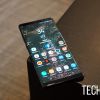
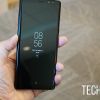
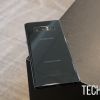
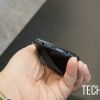
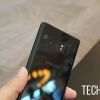
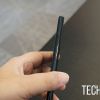
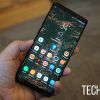
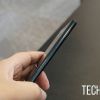
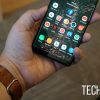
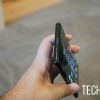
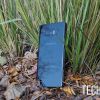
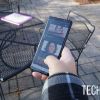
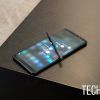
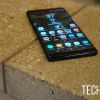
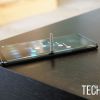
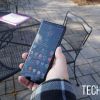
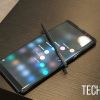
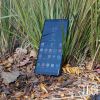
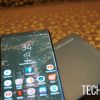
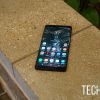

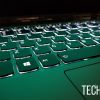

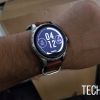






















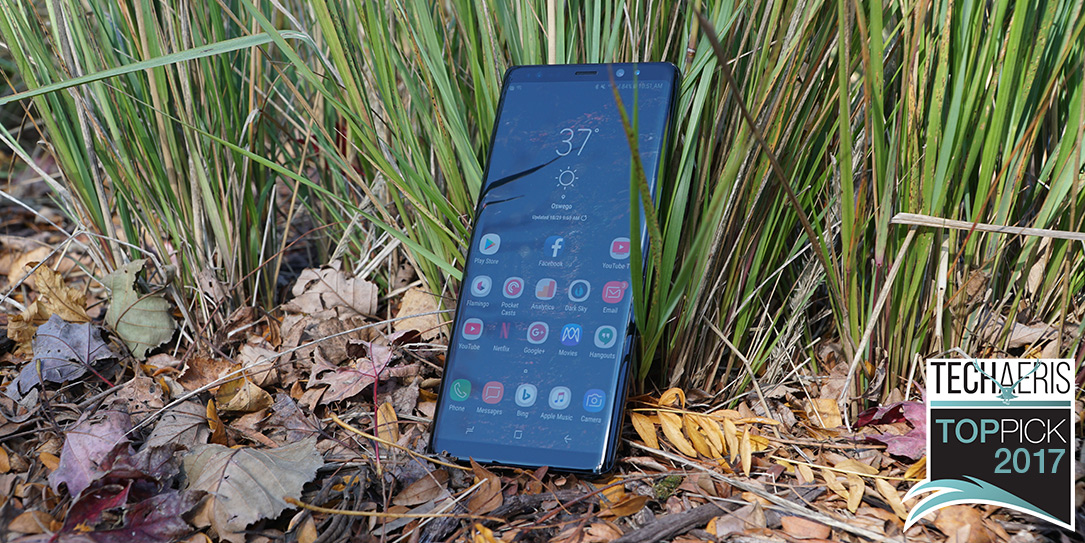






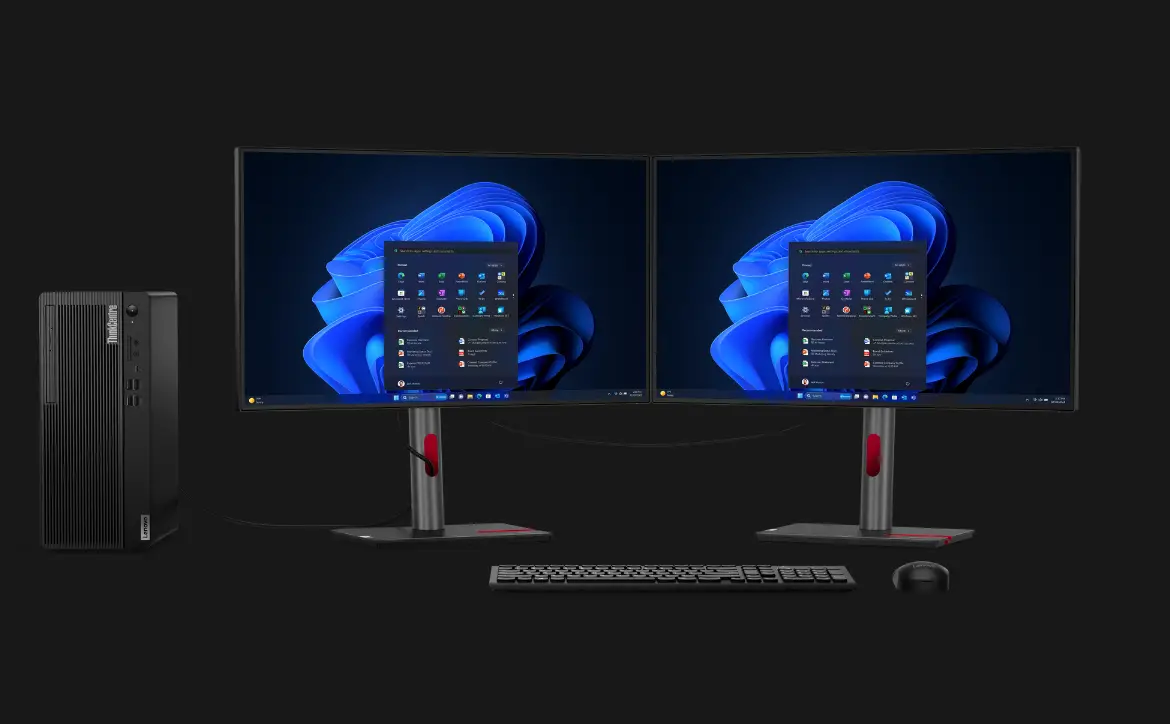
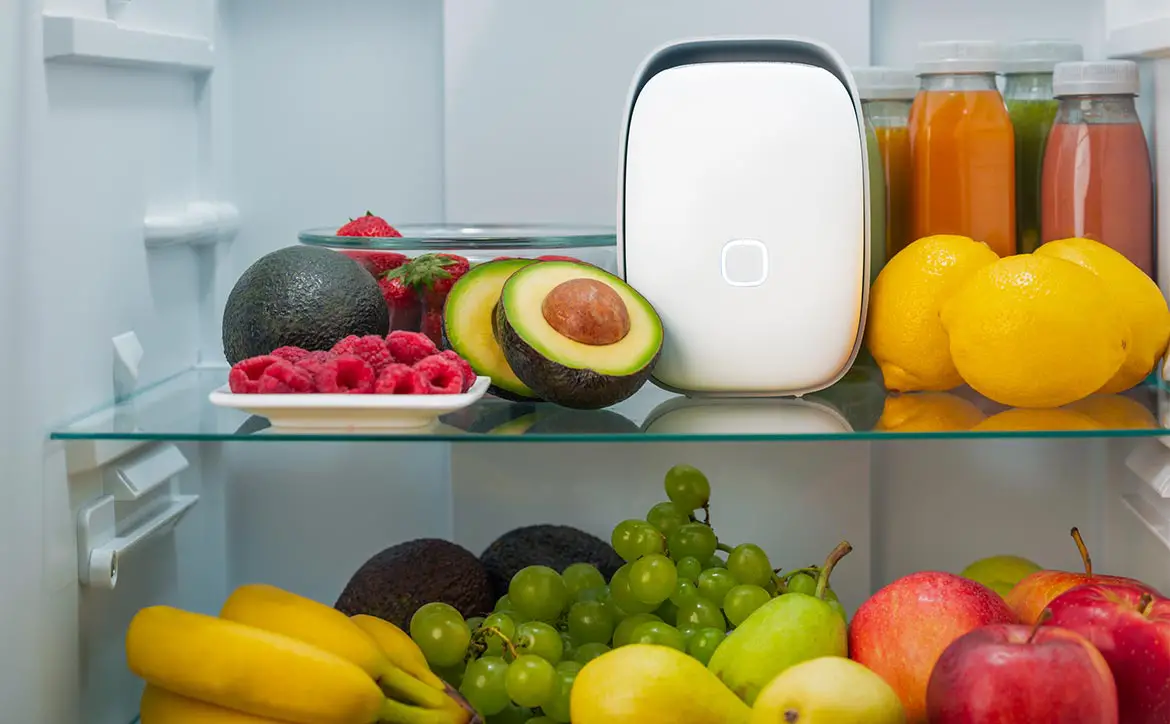

Comments are closed.